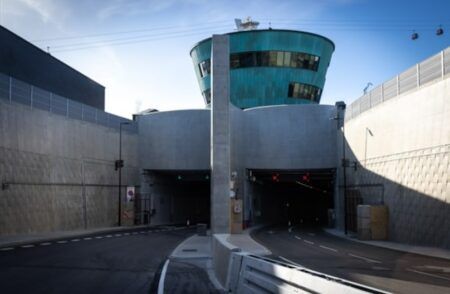The California Department of Transportation (Caltrans) has adopted the first statewide bicycle and pedestrian plan, ‘Toward an Active California’, which lays out the policies and actions needed to support non-vehicular modes of transportation.
The plan reflects the department’s ambitious goals to double walking and triple bicycling trips by 2020, while reducing cycling and pedestrian fatalities by 10% each year. The plan is the product of a collaborative effort between Caltrans, local and regional agencies, state agency partners, pedestrian and bicycle advocacy organizations, members of the public, and other stakeholders.
The plan is also designed to complement local and regional active transportation plans being developed across the state. It will guide the planning and development of non-motorized transportation facilities, and maximize the use of future investments on the state highway system and other state facilities. The plan will also lead to improved connections for the state’s bicycle and pedestrian facilities between local and regional roads, public transit, and intercity and passenger rail.
Toward an Active California seeks to fulfill the six goals outlined in the California Transportation Plan 2040 that was published last year:
Improve multimodal mobility and accessibility for all people;
Preserve the multimodal transportation system;
Support a vibrant economy;
Improve public safety and security;
Foster livable and healthy communities and promote social equity;
Practice environmental stewardship.
To this end, the plan introduces 15 strategies and 60 actions that are specific to active transportation. At the core of the plan are four objectives: safety, mobility, preservation, and social equity. The strategies emphasize safety in roadway design and speed management, address unsafe behavior, and seek a deeper understanding of collision causes and occurrences to contribute to a safer, more inviting walking and bicycling environment. The state is also intent on providing the investment required for new and improved bicycling and walking facilities that serve the transportation and recreational needs of all citizens.
“Thanks to the input of our community partners, this new plan identifies steps we will take to improve pedestrian and bicyclist safety throughout the state, as well as ways to make walking and bicycling an appealing option for many everyday trips,” said Caltrans director, Malcolm Dougherty.
“The timing is right, with the recent passage of the Road Repair and Accountability Act of 2017 which funds an additional US$1bn for the Active Transportation Program over the next 10 years active transportation will continue to play a vital role in California’s efforts to reduce greenhouse gas emissions.”




